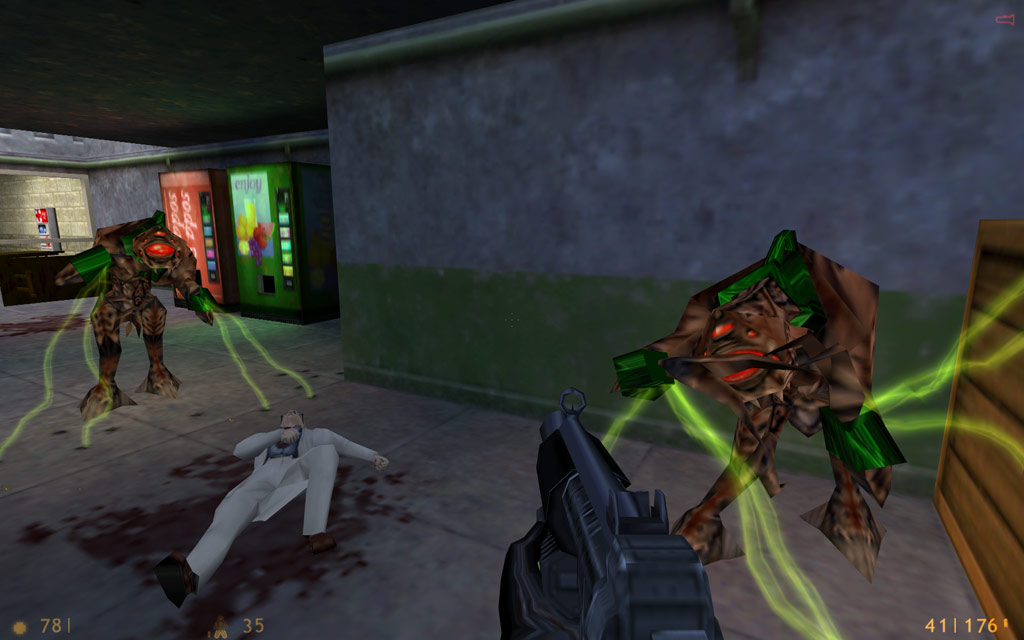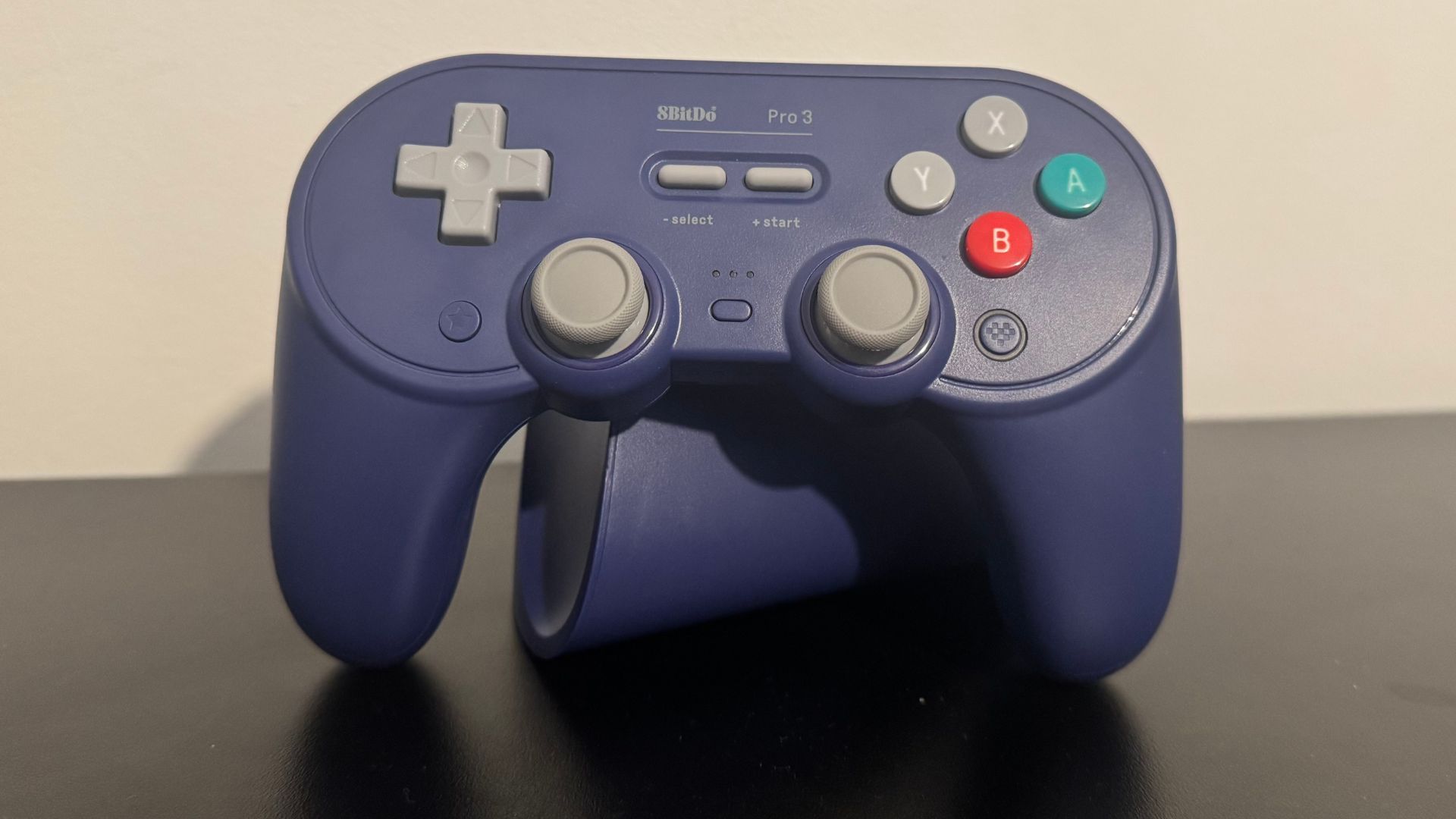
I find myself increasingly interested in gaming history as I get older, from Digital Antiquarian to Matt Chat. This post from Half-Life writer Marc Laidlaw was right up my alley, then, as it whisked me back to November 9 1998, or the day after the original Half-Life was released. As Laidlaw states in the preface, the text is taken from a recently discovered word file that he seems to have written on that date: a document that discusses the evolution of Half-Life, from the time he was brought onto the project to the time it eventually shipped, over a year later and after a significant delay.
Whether it was written on that date or not, it's a fascinating summary of the game's development, one that offers insight about creativity in general, and the way projects morph over time from their creators' original visions. Give the whole thing a read, is what I'm saying, but here are a couple of choice quotes to grab your interest:
"We tried out and discarded quite a few grand schemes. Some of you may remember, as I do, early talk about how there would be no bottlenecks in the game; how you would be able to run from one end to the other and all the way back again. This would have been a very easy feature to implement, given the nature of our transitions, but I was very relieved when we jettisoned this notion. Total freedom for the player would have meant a total loss of dramatic suspense. All narrative forms of drama, but especially horror, rely on pacing and rhythm. In horror timing is crucial. You have to set up your traps just so, and wait until your victim is precisely in position. There’s nothing worse than springing them a moment too soon or too late. This would have been virtually impossible to control in a nonlinear game. would have been choosing to throw all suspense right out the window. We really wanted players to have an artfully structured experience, and time and trial have basically proven that the most satisfying narratives are linear."
"The one noticeable casualty of the camera’s elimination was the absence of Gordon Freeman himself, our main character, as a visible presence in the game. Apart from the loading screen and the multiplay menus, and on the box itself, you never get to see Gordon Freeman. This introduced an interesting challenge. How could we make a real character out of someone you never saw, and who never uttered so much as one word? Well, we let the player solve that problem for himself. You start the game knowing very little about Gordon; but apparently everyone else knows you who you, and they fill you in on their expectations. In the gray zone between the player’s ignorance and the NPCs’ knowledge of Gordon, something rather interesting happens. Players create their own Gordon Freeman—a character they can identify with completely. There is nothing to jar you out of Gordon, once you’re in the game. He never says anything stupid that you would never say in a million years. He never does anything you wouldn’t do—since you are behind all his actions. He becomes a hollow receptacle into which every player pours himself."
Keep up to date with the most important stories and the best deals, as picked by the PC Gamer team.
Tom loves exploring in games, whether it’s going the wrong way in a platformer or burgling an apartment in Deus Ex. His favourite game worlds—Stalker, Dark Souls, Thief—have an atmosphere you could wallop with a blackjack. He enjoys horror, adventure, puzzle games and RPGs, and played the Japanese version of Final Fantasy VIII with a translated script he printed off from the internet. Tom has been writing about free games for PC Gamer since 2012. If he were packing for a desert island, he’d take his giant Columbo boxset and a laptop stuffed with PuzzleScript games.


